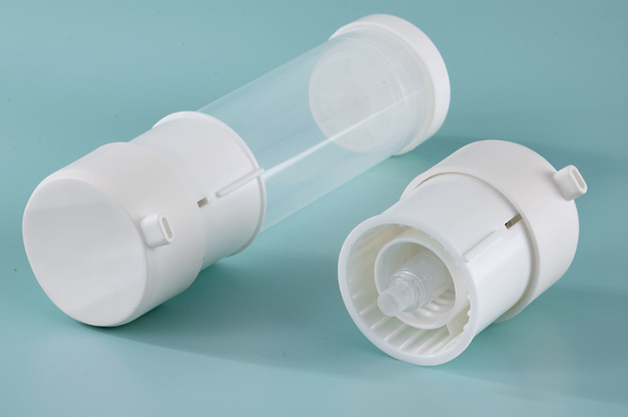Unveiling Hidden Hazards: Prohibited Substances in Cosmetic Packaging Materials
In an era where beauty and wellness industries are booming, consumers are becoming increasingly conscious about the ingredients in their cosmetic products. However, an often-overlooked aspect is the packaging material housing these beauty essentials. The cosmetic industry, like any other, is not immune to the presence of harmful substances. Unveiling these hidden hazards in cosmetic packaging materials is crucial for safeguarding consumer health and promoting industry transparency.

The Importance of Safe Packaging
Cosmetic packaging serves multiple functions: it protects the product, provides information, and enhances aesthetic appeal. However, the materials used in packaging can sometimes introduce toxic substances that may leach into the product, posing risks to human health. This makes it imperative to scrutinize not just the product's ingredients but also the safety of its packaging.

Common Prohibited Substances
1.Phthalates
• Use: Phthalates are used to make plastics more flexible and harder to break.
• Risks: They are known endocrine disruptors and have been linked to reproductive and developmental issues.
• Regulation: Many countries have stringent regulations on phthalate usage in packaging, particularly those that come into direct contact with food and cosmetics.
2.Bisphenol A (BPA)
• Use: BPA is commonly found in polycarbonate plastics and epoxy resins.
• Risks: It can seep into products, leading to hormonal disruptions and an increased risk of certain cancers.
• Regulation: Several countries, including the EU, have banned BPA in food and beverage packaging, and similar measures are being considered for cosmetic packaging.
3.Heavy Metals
• Use: Metals like lead, cadmium, and mercury can be found in pigments and stabilizers used in packaging materials.
• Risks: These metals are toxic, even at low levels, and can cause a range of health problems from skin irritation to organ damage and neurological disorders.
• Regulation: Heavy metals are heavily regulated, with strict limits on their permissible levels in packaging materials.
4.Volatile Organic Compounds (VOCs)
• Use: VOCs are often found in printing inks, adhesives, and plasticizers.
• Risks: Exposure to VOCs can cause respiratory issues, headaches, and long-term health effects.
• Regulation: Many regions have established limits on VOC emissions from packaging materials.
Real-World Cases
The discovery of harmful substances in cosmetic packaging has prompted several high-profile recalls and regulatory actions. For instance, a well-known cosmetics brand faced backlash after tests revealed phthalate contamination in its packaging, leading to a costly recall and a reformulation of its packaging strategy. Such incidents highlight the importance of rigorous testing and compliance with safety standards.

Steps Toward Safer Packaging
• Enhanced Testing: Manufacturers should adopt comprehensive testing protocols to detect and quantify harmful substances in packaging materials.
• Regulatory Compliance: Adhering to international safety standards and regulations can mitigate risks associated with prohibited substances.
• Sustainable Alternatives: Investing in research and development of safer, eco-friendly packaging materials can reduce the reliance on harmful chemicals.
• Consumer Awareness: Educating consumers about the potential risks associated with packaging materials can drive demand for safer products and packaging.
Conclusion
The cosmetics industry is evolving, with an increasing focus on transparency and consumer safety. By addressing the hidden hazards in cosmetic packaging materials, manufacturers can protect consumer health and build trust. As consumers, being informed about the potential risks and advocating for safer products can drive positive change in the industry.
In the quest for beauty, safety should never be compromised. Through collective efforts and stringent regulations, we can ensure that the allure of cosmetics is not tainted by unseen dangers lurking in their packaging.










